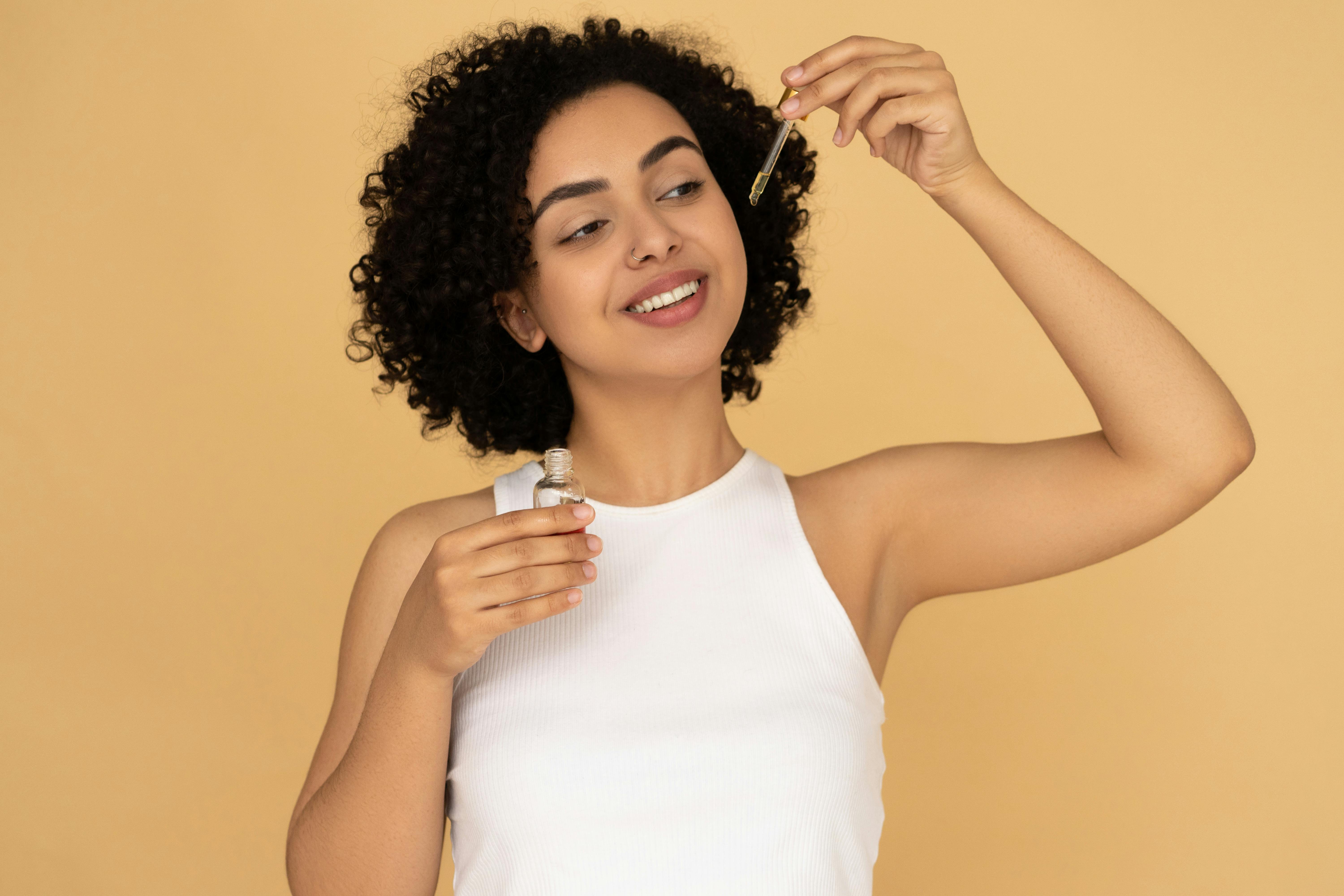If you have to take antibiotics for a bacterial infection, do you notice that you often develop a yeast infection (thrush) at the same time? Have you ever wondered "Why do I get yeast infections when I take antibiotics?" Well, the question is easy to answer.
Candida albicans is the causative agent of candidiasis. It is a yeast that naturally resides in the body of about 80-90% of people in areas such as the vagina, mouth, intestine, and skin. The growth of Candida albicans is normally suppressed by other normal flora found in the body, such as Lactobacillus in the vagina and E. coli in the intestine. The normal flora of the body compete for space and nutrients and excrete toxic metabolites that inhibit the growth of pathogenic microorganisms. Lactobacillus that normally lives in the vagina helps maintain an acidic pH that is necessary for vaginal health. An acidic pH is also required for fertilization to occur.
If you take antibiotics for a bacterial infection, the normal bacterial flora, such as Lactobacillus, are also killed by the antibiotic and the normal balance of the body is affected. However, yeasts are resistant to bacterial antibiotics, meaning they are not affected by them, and this allows the yeast, Candida albicans, to overgrow and cause the symptoms associated with candidiasis.
It is wise to ask the question "Why do I get yeast infections when I take antibiotics?" but it’s probably more important to ask, "How can I prevent oral thrush when taking antibiotics?" The answer to this question is probably more complicated, but there are some things you can do to prevent yeast infection if you’re taking antibiotics.
– Only take antibiotics when absolutely necessary and take the full course as prescribed.
– Use narrow-spectrum antibiotics whenever possible
– When you are taking antibiotics, use antifungal creams such as Canesten as a prophylactic. A prophylactic is something you take to prevent an infection from developing.
– When taking antibiotics, use a natural remedy like garlic as a prophylactic to prevent yeast overgrowth.
– When you have to take antibiotics, it is recommended that you also take probiotics (such as yogurt) every day. Probiotics replace the Lactobacillus that has been killed by the antibiotic. It is important to note that bacterial probiotics can also be killed by the antibiotic, so it is advisable to continue the probiotic after antibiotic therapy has been completed.
– An alternative probiotic is Saccharomyces, which is a non-pathogenic yeast genus used as brewer’s yeast and baker’s yeast. The antibiotic does not kill Saccharomyces and competes with Candida albicans for space and nutrients, preventing it from overgrowing and causing symptoms. Saccharomyces is completely eradicated from the body once you stop taking it.
If your doctor prescribes an antibiotic ask the question; Is there an alternative to antibiotics? Is this a broad spectrum or narrow spectrum antibiotic? and if the antibiotic is absolutely necessary, use some type of prophylactic measure to prevent Candida albicans overgrowth.



